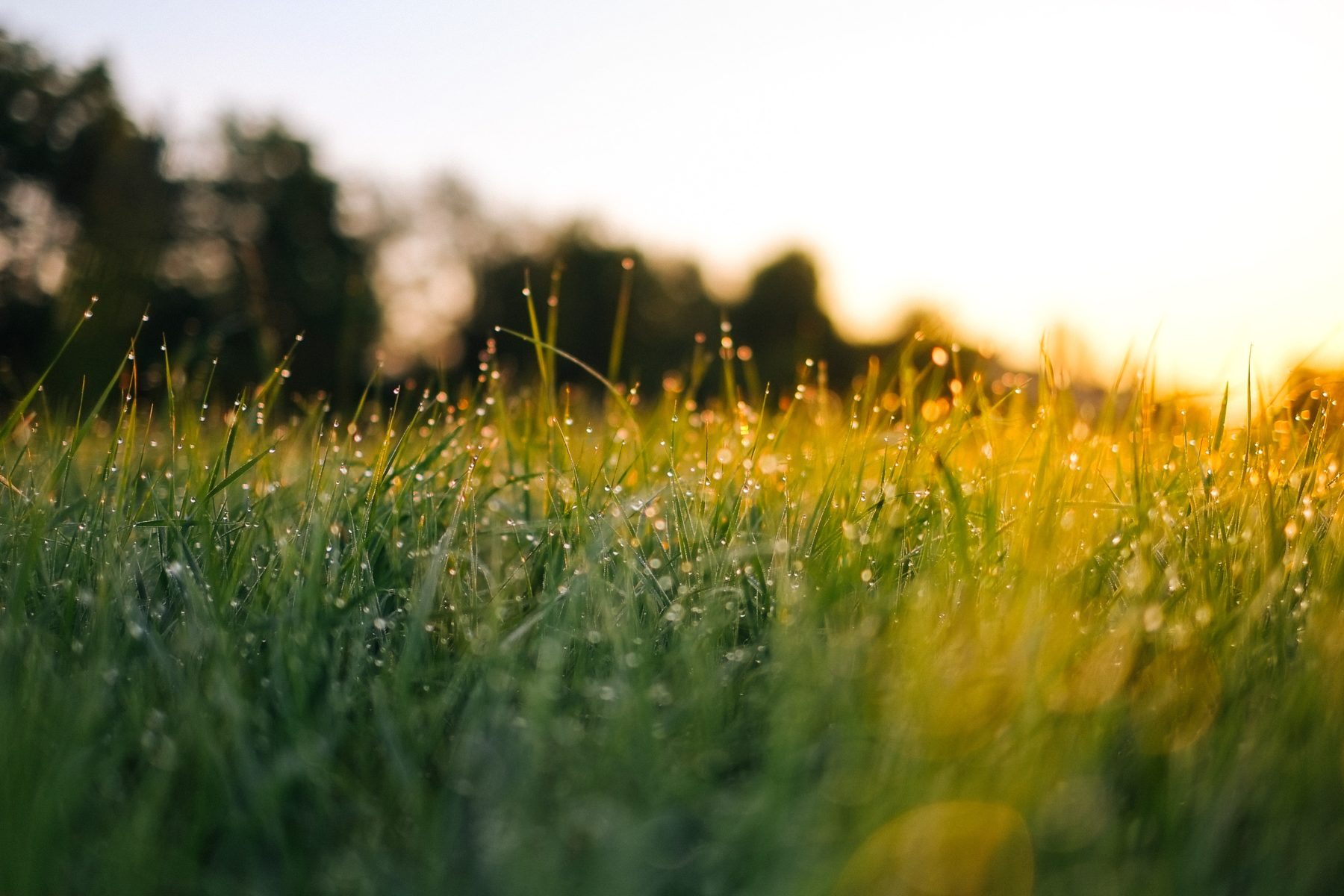The Best and Worst Plants For Austin Allergies

There’s something in the air, and it isn’t love! Fall in Texas means sneezing, wheezing and sniffling for many of us. Like live music and barbecue, allergies are just part of life in Austin. While you’re probably a fan of the first two, most of us could do without the allergies.
To steer clear of those annoying allergy symptoms, we’ve put together a list of the plants that are friendly for Austin allergies — and which you may want to leave out of your garden this season.
The Worst
Cedar
You may have already felt the effects of cedar fever in the winter. Cedar fever is the most notorious allergy in Central Texas — caused by the ashe juniper in the cypress tree family (otherwise known as the mountain cedar tree).
These native evergreen trees release their yellow-orange pollen in quantities so big, you can see the puffs of pollen in the air. They’re everywhere in Austin, so you might not be able to escape the pollen.
Ragweed
If autumn makes you miserable, ragweed is the likely culprit. Ragweed is a common weed that dumps lots of pollen into the air.
How can you cope? Keep your yard well-weeded and take your allergy meds until the ragweed has finished pollinating. You can keep track of the allergy count from local sources to help you figure out if it’s a Claritin or Zyrtec kind of day.
Grass
Sneezing in the summer? Grass is probably to blame.
Try keeping your lawn mowed to prevent the grass from seeding. If you’re planting ornamental grasses, ask if your local garden center or nursery carries female grasses. The female of the species doesn’t produce pollen.
Oak
We love our oak trees in Austin — they give us shade, fuel for barbecue smokers, and provide that crooked-limbed aesthetic that gives the Central Texas landscape its historic look.
With some tree species, you can plant the female species only, which would cut down on pollen close to your home. However, oak trees are monoecious, which means they can pollinate themselves. More pollen? More allergies.
The Best
Texas Red Yucca
This gorgeous succulent packs a one-two punch. Not only is it low-allergen, but this scarlet succulent can also add a bright pop of color in your landscaping. It’s native to Central Texas, so it’s drought-tolerant and low maintenance.
A bonus? Texas Red Yucca attracts pollinators like bees and hummingbirds to your garden.
Flowering Dogwood
The flowering dogwood is categorized as a mild allergen, meaning it’s unlikely to trigger watery eyes or itching and sneezing. Add it to other low-allergy trees in your yard, like magnolia, crepe myrtle and the female red maple for plenty of pollen-free shade.
Winecup
The flowers on this native plant are exactly as promised: cup-shaped, wine-colored blooms that dress up your landscaping. It’s a great ground cover for Austin yards — spreading about 3 feet and needing little attention. To top it off, these beautiful additions won’t trigger your allergies.
Wild Foxglove
This showy plant is a member of the penstemon family and one of several penstemons that are native to Texas. Foxglove will produce spikes of trumpet-shaped flowers, in lavender, white and pink. These are equally as ideal because, not only are they an appealing addition, but they are also unlikely to make you reach for your allergy pills.
The plants that make you itch and sneeze the most are everywhere in the Austin area and can be difficult to get away from. However, to combat succumbing to allergy season, try replacing some of those pesky, allergy-inducing plants with low-allergen natives on your property to make your home a little more comfortable.
Flowers
Some of the prettiest flowers carry plenty of pollen. Avoid planting these in the yard or bringing them in the house.
- Daisies
- Chrysanthemums
- Ordinary Sunflowers
- Chamomile
- Wisteria
If you’re still having trouble getting a handle on your allergies, check in with an allergy specialist who can help diagnose which plants give you the most trouble. Then, get rid of them. Happy gardening!
Miranda Culvert has been gardening since she was 3 years old, thanks to her parents who owned a produce stand. She has passed her love of gardening onto her three children, one of whom has a booth at the local farmers market.






